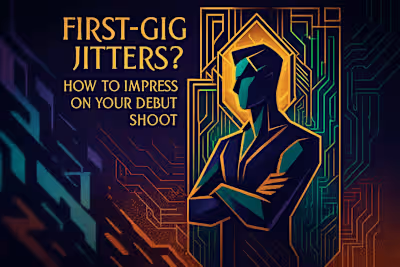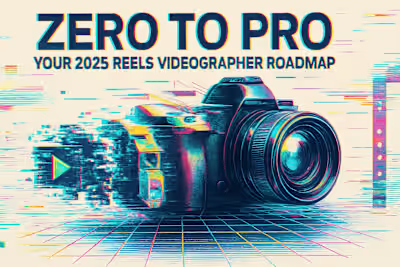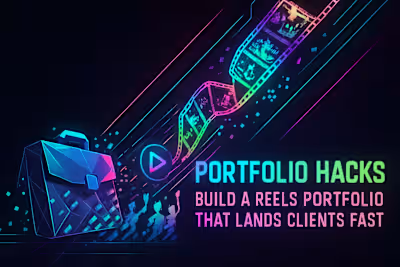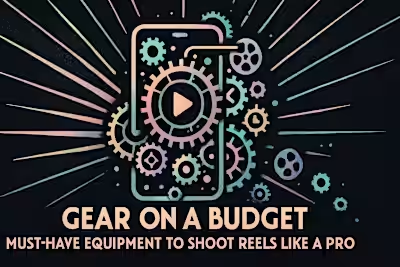The Fortune is in the Follow-Up: A No-Spam Guide to Winning Reels Gigs
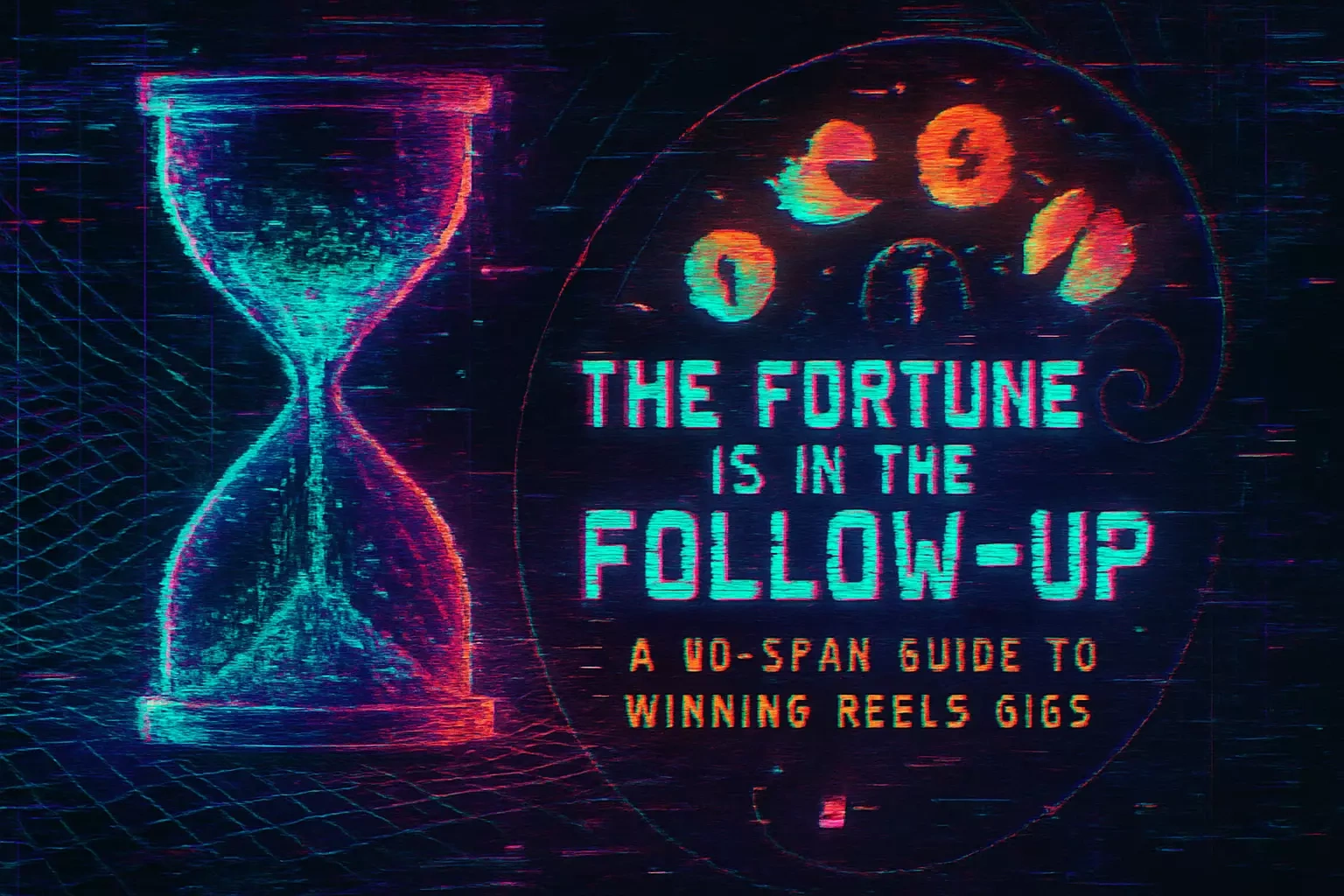
The Fortune is in the Follow-Up: A No-Spam Guide to Winning Reels Gigs
Why Following Up is a Non-Negotiable Freelance Skill
Your Client is Busy, Not Uninterested
Demonstrating Professionalism and Persistence
The Follow-Up Cadence: A Simple Timeline for Staying Top-of-Mind
Follow-Up #1 (3-5 Business Days Later): The Gentle Nudge
Follow-Up #2 (7-10 Business Days Later): The Value-Add
Follow-Up #3 (14+ Business Days Later): The Professional 'Break-Up'
What to Say: Follow-Up Scripts That Get Responses
The 'Confirm Receipt' Template
The 'Helpful Resource' Template
The 'Final Check-In' Template
Tools and Systems for Tracking Your Follow-Ups
Using a Simple CRM or Spreadsheet
Automating Reminders with Your Calendar or Email Client
Conclusion
References
The Fortune is in the Follow-Up: A No-Spam Guide to Winning Reels Gigs
Why Following Up is a Non-Negotiable Freelance Skill
Your Client is Busy, Not Uninterested
Demonstrating Professionalism and Persistence
The Follow-Up Cadence: A Simple Timeline for Staying Top-of-Mind
Follow-Up #1 (3-5 Business Days Later): The Gentle Nudge
Follow-Up #2 (7-10 Business Days Later): The Value-Add
Follow-Up #3 (14+ Business Days Later): The Professional 'Break-Up'
What to Say: Follow-Up Scripts That Get Responses
The 'Confirm Receipt' Template
The 'Helpful Resource' Template
The 'Final Check-In' Template
Tools and Systems for Tracking Your Follow-Ups
Using a Simple CRM or Spreadsheet
Automating Reminders with Your Calendar or Email Client
Conclusion
References
Posted Jun 30, 2025
Don't let your perfect proposal get lost in a crowded inbox. Learn the art of the professional follow-up to turn radio silence into a signed contract.






